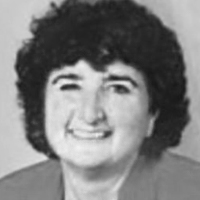Question
Why is lung volume important during swallowing?
Answer
Indeed, we see that these swallows are occurring at higher lung volumes within liquid boluses and with serial swallows. I am not suggesting that every time you take a sip of water, you fill your lungs to get through it, but swallowing occurs in the mid-range of lung volume. These more challenging swallows occur at the higher part of that mid-range. We have to have some assurance that if we want safe swallowing, our patients can at least get to the middle part of the lung range comfortably and repeatedly. We need that oxygen reserve available because of this period of breath-holding and this potential lack of oxygenation. As brief as it is, think about the demands swallowing places on the respiratory system. It means repeatedly holding your breath briefly, but over, and over, and over, until whatever time it takes for you to complete your meal. It puts much stress on the respiratory system, mainly if we are talking about a respiratory system that already has some compromises.
This Ask the Expert is an edited excerpt from the course, link to If You Cannot Breathe, You Cannot Swallow... Breathing and Swallow Coordination in Respiratory Disease, presented by Angela Mansolillo, MA, CCC-SLP, BCS-S.
